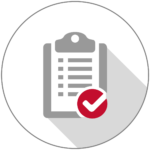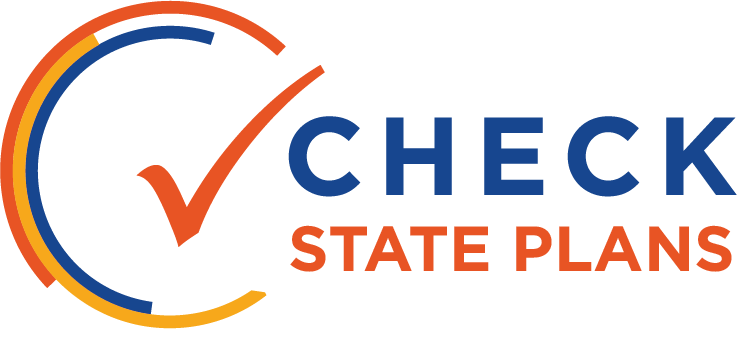
INDICATORS

South Carolina’s selection of indicators and weights is noteworthy—but it’s unclear how performance on the indicators translates into a summative rating.
South Carolina’s academic performance indicator is based on student achievement on the statewide assessment in English language arts and math in grades 3-8, as well as end-of-course exams for Algebra I and English I in high schools. The state will use a complex performance index to assess school performance across all indicators, which may make it difficult to compare across schools and could mask the achievement of lower-performing students.
The balance between academic and non-academic indicators is high at 90-10 in elementary and middle schools and 95-5 in high school.
The state will include a student growth measure in elementary and middle schools. Additionally, these schools will be evaluated on the state’s “preparing for success” indicator, which is based on students’ performance on science and social studies assessments.
Instead of a growth measure in high schools, the state will use an indicator that assesses students’ college and career readiness.
Schools must meet any one of nine state-identified college- and career-readiness criterion. While these “menu” items could encourage schools to offer well-rounded curricula and meet student needs in a variety of ways, it may also pose a challenge to compare schools. The measure would be stronger if South Carolina were to modify the calculation and apply it to the 9th grade cohort. Additionally, the state should monitor its data to ensure that all of its options are comparable or if certain types of students are tracked into specific pathways (i.e. students from low-income families or students of color disproportionately tracked into career preparation pathways versus college preparation pathways).
To measure school quality, the state will also use a student engagement survey—but more information is needed around how English learners and students with disabilities will be counted.
After its pilot, the student engagement survey will constitute 10 percent of a school’s rating. South Carolina should monitor its survey results to ensure they are valid and reliable to play a significant role in school ratings.
English language proficiency indicator targets are crafted in a linear way, which does not reflect that students come into the system at different points. For example, the current plan appears to allow 4-years for a student entering at a level 4 to grow to a level 4.4. We recommend revisiting this section to clarify how initial age/grade or proficiency level is taken into account in setting student targets. In addition, this section should clarify what level of growth will be required based on the state’s 5-year timeline.
Concerns also exist around the effective learning environment indicator. Specifically, students taking the alternative assessment may be excluded by an IEP team.
It’s unclear how indicator point totals are translated into a rating.
Peers are concerned that the rating system appears completely normative. This is problematic because ratings could be misleading for parents and the public. For example, it appears possible for a school to receive an “excellent’ rating, despite performing below the state’s goals.
Although the bands are different for high schools than for elementary and middle schools, each is assigned a range of scores. Based on the plan, it is unclear how they selected those bands. Given the percentage of schools falling into each category, it appears to be a relatively normal distribution, except that it’s skewed to the high side. For example, only 5 percent of schools are unsatisfactory compared with 15 that are excellent. In high school, the lowest band is roughly 5 percent, however, the highest band is 25 percent. This suggests that South Carolina may have set the cut score so that it only identifies the bottom 5 percent of schools.
 OVERVIEW
OVERVIEW



